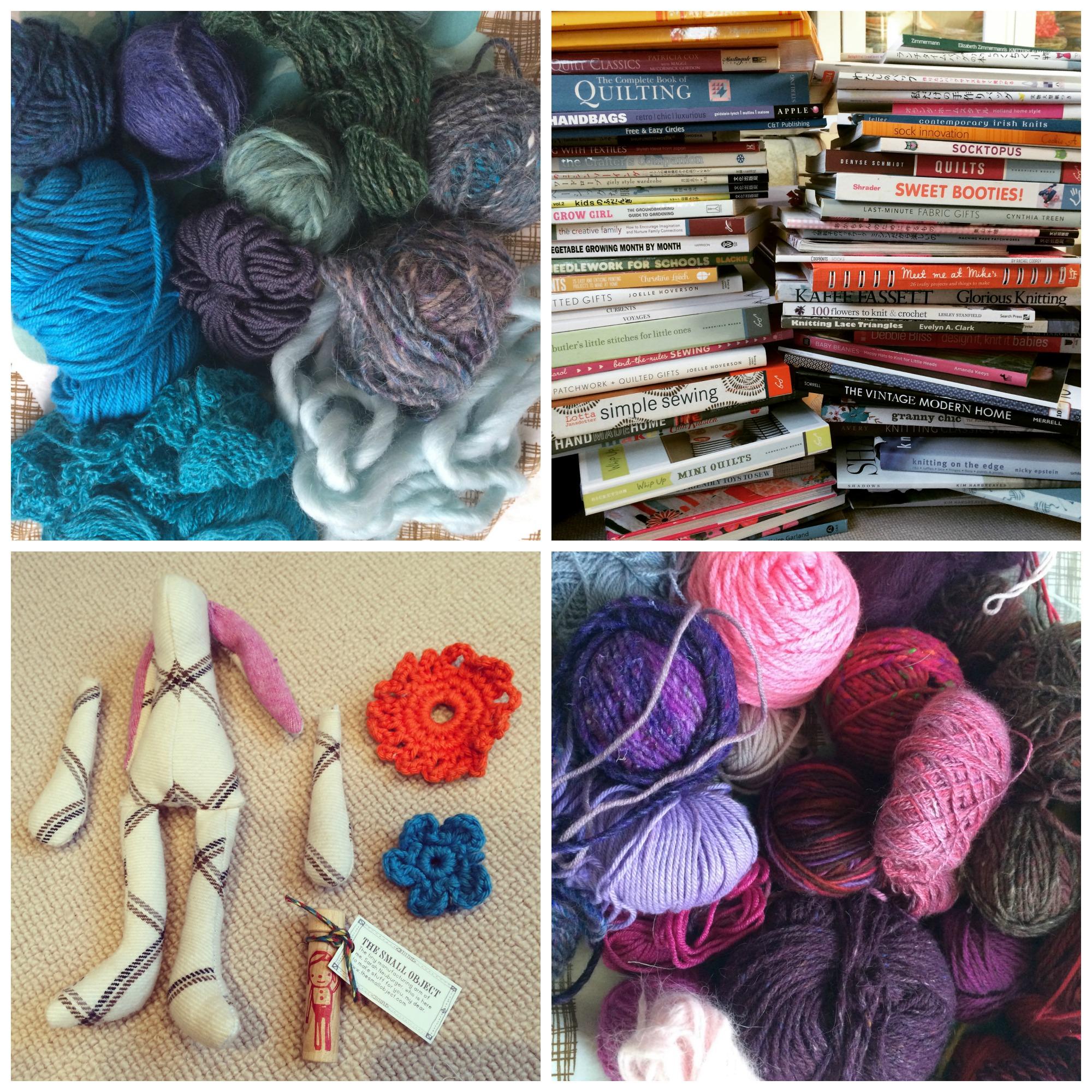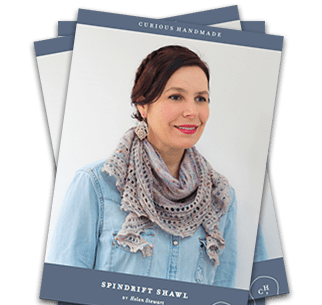
I learnt a lot with the simplify and declutter theme this month. Here is my summary and top tips for decluttering.
1. Create a Vision
In The Life-Changing Magic of Tidying Up: The Japanese Art of Decluttering and Organizing, Marie Kondo suggests that the first thing you need to do is to create a vision of your desired lifestyle. I found this to be inspirational and motivating. It really helped guide me as I was making decisions along the way and kept me going through the process.
I took some time to think about how I would really like my home to be. I realised that although things were driving me a bit crazy as they were, my vision was very achievable.
“I have a vision of being able to go through day to day life easily without constantly feeling like I can’t find things. I would like to be surrounded by beautiful colours and natural fibres and textures that fill me with happiness and nurture me and my family. There will be less visual distractions and clutter and instead some of the beautiful things I already own will be allowed to sing.”
2. Make it a Project
Have a plan and decide what areas you are going to tackle and how you are going to go about it.
Set some goals and a deadline for getting it done. Then you can have the satisfaction of ticking things off the list and also knowing when you’re finished.
Block out some time in the diary and be realistic (see tip 4 below)
3. Use a Method
There are different ways to approach this. I have talked about a few on the podcast and I believe it is best to do what you feel comfortable with.
You can start small with just one shelf or cupboard. Alternatively you can tackle the house entirely, in #KonMarie (Marie Kondo) style.
I think the main factor here is how much time you have.
4. Allow more time than you think you’ll need (a lot more)
I’m very glad that the theme was running for a month rather than a week because it has taken all that time to get to a stage where I’m happy with where I’ve got to.
I could have probably done it faster, but I do feel like the decluttering process is a skill that improves with practice. I have been working towards having less clutter for a couple of years now so I guess I’m not a complete beginner but it still takes me time to work through things. You will need time to physically take things out and sort through them. You might find that there are dependencies, for example on other members of the family needing to be consulted in certain areas. Then there is the task of getting the things out of the house and somewhere else in a satisfactory way.
I did find that the Marie Kondo method of gathering everything of a certain category together and then asking “Does it spark joy?” helped speed up the process considerably. It was much easier to focus on that one question, instead of torturing myself with considerations such as, “it might be useful in the future”, “but it was soooooo expensive” and my hardest one “but it was a gift”.
5. Question your triggers and reasons for keeping things
As mentioned above, in the past I would keep things for a range of reasons. It turned out that when I looked at things differently I didn’t need or want to keep a lot of things after all.
It is also very helpful to look at why we bought the things in the first place. This will help slow down the flow of things coming into the house which I believe is key for maintaining your vision.
In Episode 60 of the Curious Handmade podcast, Felicia, founder of The Craft Sessions talks about her triggers for buying stash items such as yarn and fabric in her personal project Stash Less.
I discovered through editing my stash, that my biggest triggers were sale bargains and fear of missing out.
6. Get help and share
It is incredibly helpful to have a friend either help you declutter in person or support virtually. I had a good friend help me with some of the areas that I just didn’t seem to be able to deal with myself and administer a little bit of “tough love”.
It was so brilliant to have the support and camaraderie of listeners and readers on the Curious Handmade Ravelry board.
I really enjoyed getting texts, emails and Instagram posts from friends and listeners all over the world too. It always feels nice not to be the only one doing something and having that support made a bit of a dull job much more fun.
7. Decluttering is physically and emotionally tiring
For most of us decluttering isn’t a day to day activity and it can involve a lot more walking and lifting that usual.
Also the process of examining the things in our life and why we have them and hold on to them can stir up a lot of emotions.
Both the physical and emotional energy used up can be very tiring so make sure to drink lots of water and take rest breaks.
8. Let it go!
Something that Paula of Knitting Pipeline mentioned in my chat with her on Curious Handmade Podcast episode 59 was to look at things as a lesson learnt. This meant that instead of keeping an item of clothing because it was expensive, even though it didn’t fit anymore (or never did), I could chalk it up to experience and let it go.
Marie Kondo suggests thanking items for their hard work and considering how an item has fulfilled its purpose for you and can move on.
I say – be a bit ruthless! It is scary and exhilarating at the same time!
Take the time to dispose of the things in a satisfactory way. I would recommend organising things into bags/boxes to either trash, recycle, give to goodwill, give to friends, sell (ebay or consignment stores). Then deal with them as soon as possible so they don’t creep back into the cupboard or circulations.
9. Less is More.
If you need any motivation to embark on a declutting project just remember that less is more, and in surprising ways.
You will have:
– More time. Less time spent looking for things and cleaning.
– More curated and confidence building. You will be left with the things you really love which will give you more confidence in your personal style.
– More relaxing. You won’t be as stressed looking for missing things or visually distracted by mess.
– More inspiring and joyful. If you are a crafter, having just the stash items you really love and easy access to your favourite materials will spark incredible inspiration.
10. Enjoy
Sit down, have a cup of tea and admire your work!
Useful decluttering resources:
Thank you to listeners and readers for suggesting some wonderful resources.
The Life-Changing Magic of Tidying Up: The Japanese Art of Decluttering and Organizing
The Peaceful Mom Declutter Challenge
Zero Waste Home: The Ultimate Guide to Simplifying Your Life by Reducing Your Waste




